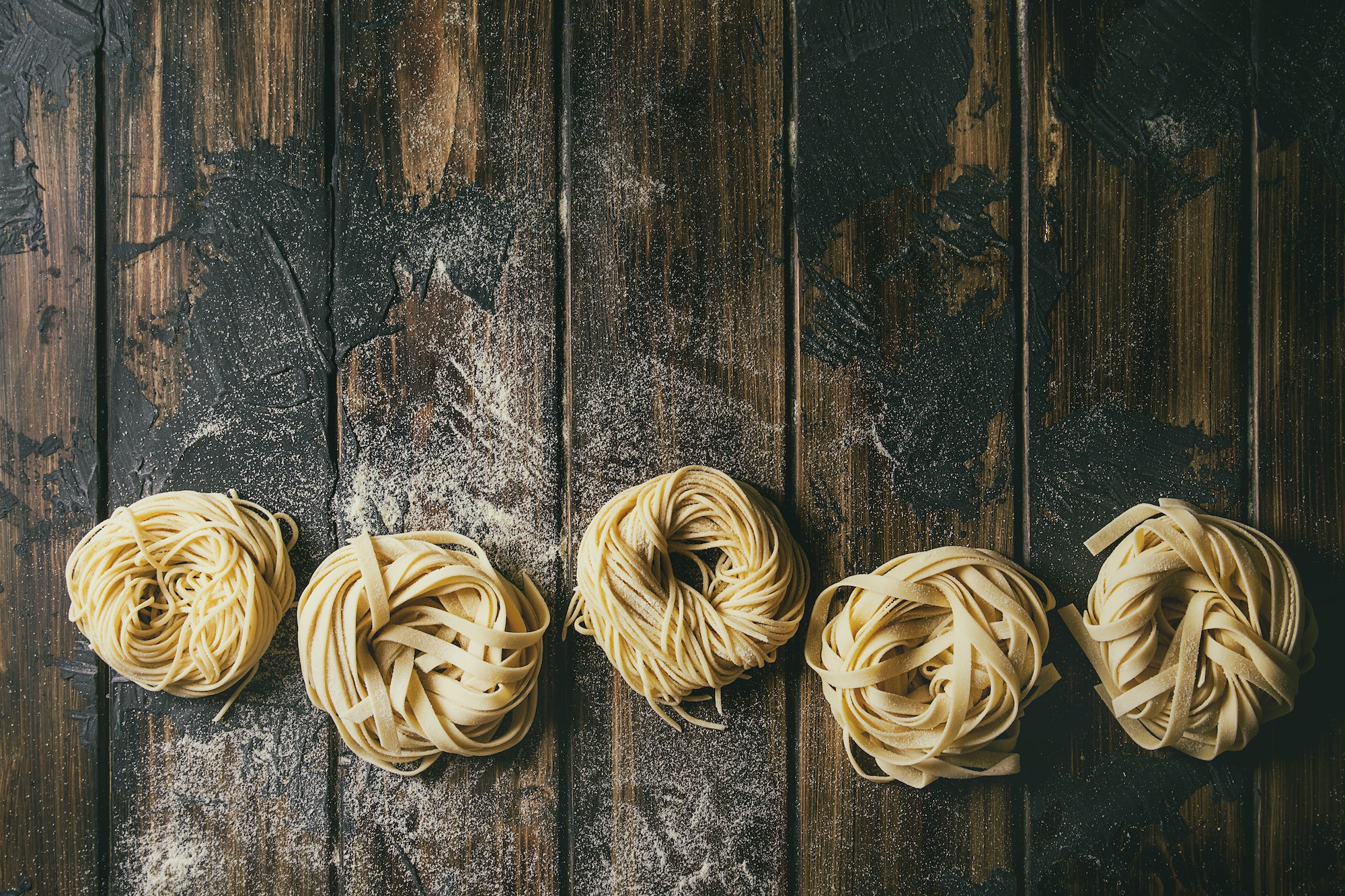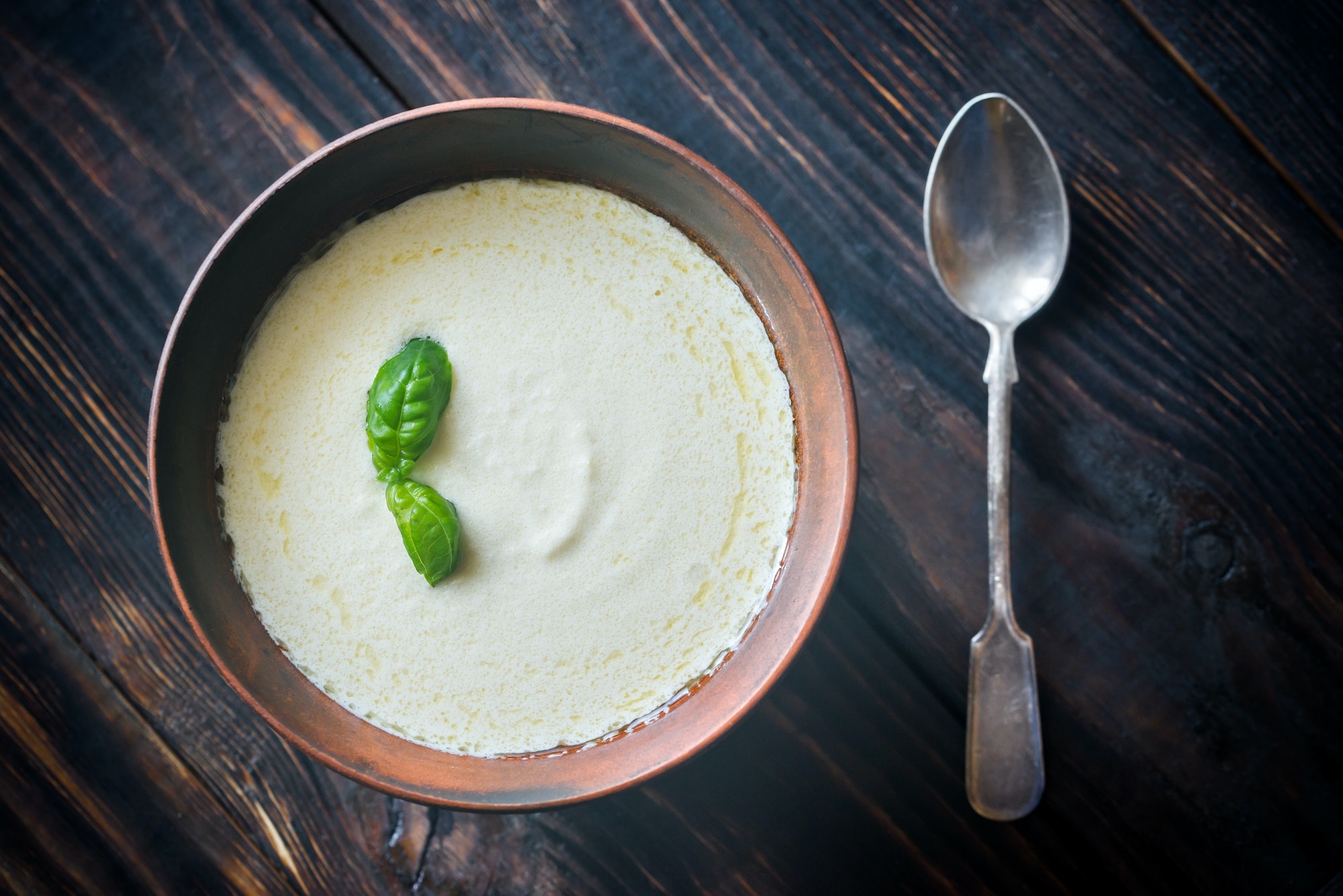Mastering the Art of Homemade Pasta: Tips and Tricks for Perfect Noodles


There’s nothing quite like a plate of fresh, homemade pasta. From the tender texture to the rich flavor, homemade pasta is a true culinary delight. However, many people are intimidated by the thought of making pasta from scratch, assuming it’s a difficult and time-consuming process. In this post, we’ll dispel those myths and show you how to master the art of homemade pasta with a few simple tips and tricks. Whether you’re a seasoned home cook or a beginner, you’ll learn everything you need to know to make perfect pasta every time, from choosing the right ingredients to rolling and cutting the dough. So, grab your apron and let’s get started on a delicious culinary adventure.
Table of Contents

The basics of pasta making
Making homemade pasta may seem daunting at first, but with a few basic ingredients and some patience, you can create delicious, fresh pasta that will impress your guests.
The essential ingredients for pasta dough are flour, eggs, and salt. The ideal flour for making pasta is ’00’ flour, a finely ground, high-protein flour that gives pasta its signature texture. However, if you can’t find ’00’ flour, all-purpose flour can also work well.
To make the dough, start by mixing the flour and salt together in a bowl. In a separate bowl, beat the eggs until they are well combined. Make a well in the center of the flour mixture and pour in the eggs. Using a fork, gradually mix the eggs and flour together until the dough starts to come together.
Once the dough starts to form, use your hands to knead it until it is smooth and elastic. This should take around 10-15 minutes. If the dough feels too dry, you can add a little bit of water, and if it’s too wet, you can add more flour.
Once the dough is kneaded to the right consistency, wrap it in plastic wrap and let it rest at room temperature for at least 30 minutes. This will allow the gluten in the dough to relax, making it easier to roll out.
In summary, to make pasta dough, you’ll need flour, eggs, and salt. Mix the flour and salt, then add the beaten eggs and gradually combine the mixture. Knead the dough until it is smooth and elastic, then let it rest before rolling it out. With a little bit of practice, you’ll soon be making perfect pasta every time.

Rolling and cutting pasta
Now that you have your pasta dough ready, it’s time to roll it out and shape it into the desired pasta shapes. There are a few tools and techniques that can help you achieve the perfect texture and thickness for your pasta.
The first decision you’ll need to make is whether to use a pasta roller or a rolling pin. A pasta roller is a machine that rolls out the dough to a specific thickness, making it easy to create uniform pasta shapes. If you don’t have a pasta roller, you can use a rolling pin to roll out the dough by hand, but it will require a bit more effort and practice to achieve the right texture.
To roll out the pasta dough with a pasta roller, start by cutting the dough into small pieces and flattening them with your hands. Feed the flattened dough through the roller on the widest setting, then fold it in half and feed it through again. Repeat this process, gradually decreasing the width of the rollers until you reach the desired thickness.
To cut the pasta into different shapes, you can use a pasta cutter or a knife. Fettuccine and tagliatelle are easy to cut using a pasta cutter, while lasagna sheets can be cut with a knife. To make shapes like ravioli or tortellini, use a round cutter or a glass to cut circles of pasta, then fill them with your desired filling and shape them into the desired shapes.
No matter what shape you’re making, be sure to dust the pasta with flour as you work to prevent it from sticking together. Once you’ve cut your pasta shapes, you can either cook them immediately or dry them out for later use.
In summary, rolling and cutting pasta requires a few tools and techniques to get the perfect texture and thickness. A pasta roller can make the process easier, but a rolling pin can work too. Cut the pasta into desired shapes using a cutter or knife, and dust with flour to prevent sticking. With a little bit of practice, you’ll soon be making all kinds of delicious homemade pasta.

Cooking and serving homemade pasta
Now that you’ve made your perfect homemade pasta, it’s time to cook and serve it. Here are a few tips to ensure your pasta is perfectly cooked and paired with the right sauce.
To cook fresh pasta, bring a large pot of salted water to a boil. Add the pasta and stir gently to prevent sticking. Fresh pasta cooks much faster than dried pasta, usually in just 2-3 minutes. To test if the pasta is cooked, taste a small piece – it should be al dente, or firm to the bite.
Check out our guide on cooking pasta!
Once the pasta is cooked, drain it in a colander and add it to your desired sauce. Different pasta shapes work best with different sauces – for example, spaghetti is best paired with light tomato or seafood-based sauces, while thick noodles like pappardelle work well with hearty meat sauces. Try our Alfredo Sauce!
You can also add extra flavor and texture to your pasta dishes with toppings like grated Parmesan cheese, fresh herbs, or toasted breadcrumbs. Be creative and experiment with different combinations to find your favorite pairings.
If you have leftover pasta, store it in an airtight container in the fridge for up to 3 days. To reheat, simply toss it in a pan with a bit of olive oil or butter and your desired toppings.
Homemade pasta may seem intimidating at first, but with the right ingredients and techniques, it can be a fun and rewarding experience. By following the tips and tricks outlined in this post, you’ll be able to make perfect pasta every time, impressing your friends and family with your culinary skills. Whether you prefer classic shapes like spaghetti and fettuccine or want to experiment with more creative shapes like ravioli and tortellini, making homemade pasta is a great way to add a personal touch to your meals. So, don’t be afraid to roll up your sleeves and give it a try – you might be surprised at how easy and delicious it can be.

